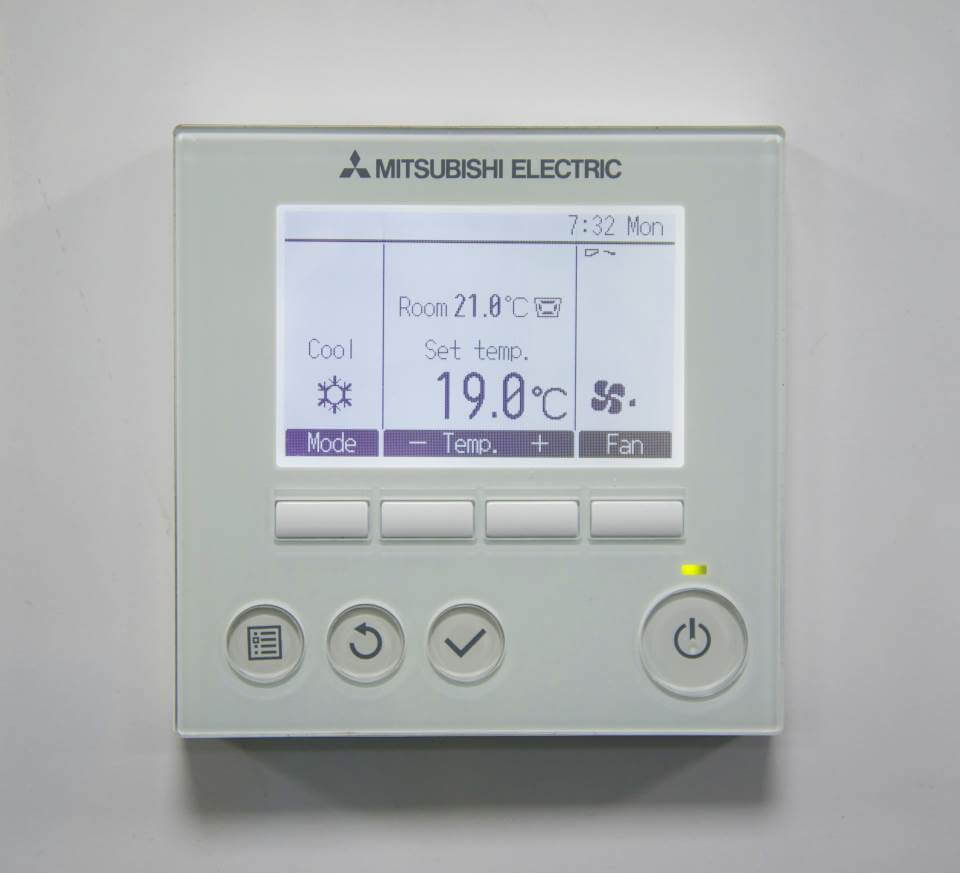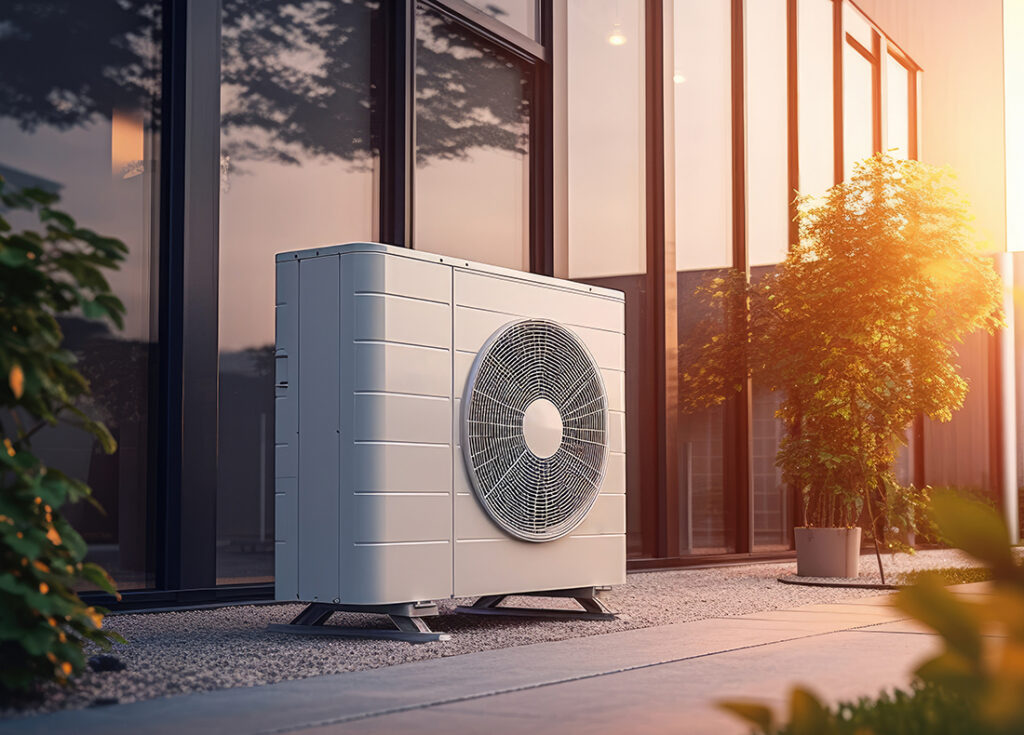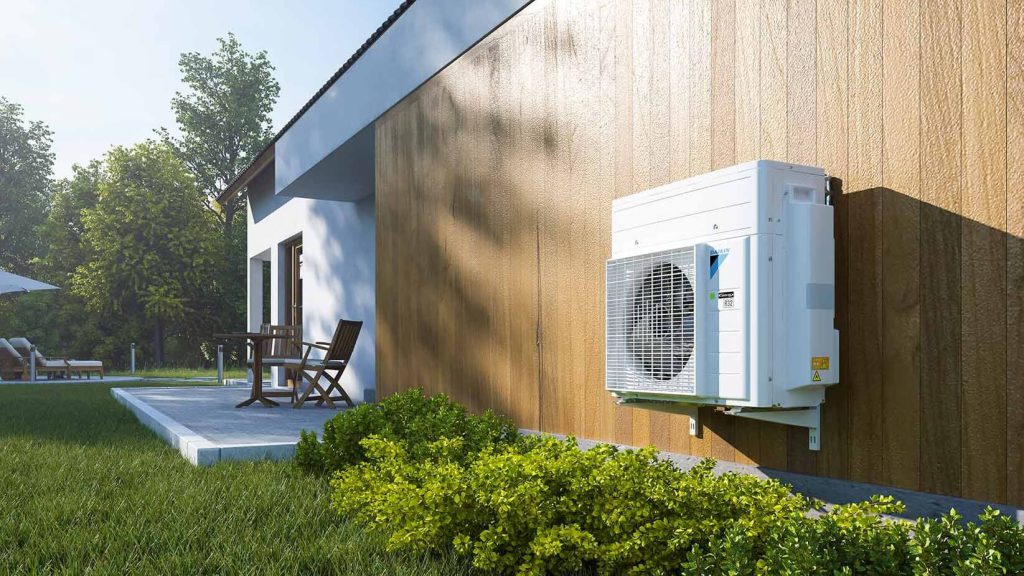Air Conditioning and Sick Building Syndrome

Estimated reading time 6 minutes
In the late 1970s people started to report that they were suffering from a variety of nonspecific “symptoms” in newly constructed offices and homes. The media started calling it "office illness". It wasn’t until the 1980’s that the World Health Organisation (WHO) coined the phrase "sick building syndrome" (SBS) and estimated that between 10-30% of newly built office buildings were causing SBS which they attributed to poor indoor air quality. Today some organisations such as the Building Research Establishment (BRE) (PDF) and the World Health Organisation are using the term Indoor Air Quality rather than sick building syndrome.
In 2014 SBS was estimated to cost the British economy 24.6 million in lost working days every year. Fast forward to 2019 and you’d assume that SBS would no longer be an issue, however that’s not the case. At the end of 2019 concerns regarding SBS were again being raised. This was based on the Remark Group’s 2019 Air Quality and Well Being at Work survey which found that in 2019 many workers were still suffering from symptoms of SBS.
Dr Nigel Oseland commented: “I am shocked by the results of this survey, but not entirely surprised. Whilst we are producing some great looking modern offices, we need to pay more attention to basic human needs, to the so-called hygiene factors, such as good indoor air quality, temperature control and noise reduction. The various disciplines within the workplace industry need a concerted effort for a marked step change from sick buildings to healthy buildings. Everyone has the right to work in a healthy workplace.”
SBS is still a very real and global issue.
So What Are the Symptoms of Sick Building Syndrome?
As mentioned above when SBS occurs occupants of a building experience a range of different and unexplained symptoms which are related to the time spent within the building, most typically an office building. Sometimes symptoms only manifest themselves in a part of the building, sometimes the entire structure can appear to cause SBS.
Symptoms of SBS can be mild or severe and vary between individuals. In some cases SBS can exacerbate pre-existing health conditions. SBS symptoms can affect your skin, respiratory, and neurological systems.
Common symptoms include: headaches, throat irritation, eye irritation, breathing difficulties, tightness in the chest, cardiac arrhythmias, dry cough, runny nose, sneezing, itchy skin, dizziness, fever and chills, trouble concentrating, nausea, irritability and fatigue, problems with concentration and memory. These symptoms very often abate once the person has left the building.
Unfortunately as there is very often no clear cause for SBS it is very difficult to test for. Diagnosing SBS can also be difficult due to the wide range of symptoms as SBS can affect everyone differently but it is usually pieced together as more people complain about health issues within the same building or area of a building. It’s also likely to be the cause if the symptoms improve upon leaving the building, only to come back on re-entering the building.
Possible Causes of SBS
The Health and Safety Executive (HSE) have published guidance for employers, building owners and building managers on “How to Deal with Sick Building Syndrome (SBS)” (PDF). The PDF takes you through how to identify and investigate SBS. As previously mentioned it’s sometimes very difficult to close in on an exact cause of SBS. However a wide range of potential causes have been identified over time and include:
Poor ventilation. Buildings where the ventilation is poor is believed to be one of the major contributors to SBS. Inadequate ventilation leading to poor air quality can cause issues within a building. Poor ventilation is usually caused where there is no air conditioning or by an ineffective air conditioning system.
Chemical pollution. There are a number of chemicals that can be found in building materials that can lead to SBS. These chemicals are called volatile organic compounds (VOCs) and are found in: pressed word, formaldehyde-based plywood, fibreboard used in furniture and flooring etc.; laminates, linoleum, cork, wall coverings, vinyl flooring, cleaning products, coatings and adhesives.
Biological pollution. Mould, bacteria and viruses make up biological pollution. They can be found where there is dampness present and are very often present in stagnant water in air ducts and in air conditioning systems where maintenance has been poor.
Other pollutants. High levels of dust; carbon monoxide, pesticides, ozone from the use of printers or fax machines and asbestos can cause SBS.
Issues with heating or lighting. High or low heat or humidity and poor lighting can exacerbate SBS.
Improving Your Ventilation / Indoor Air Quality
A good step in trying to prevent or treat SBS is by improving your building’s indoor air quality. This can be done in a number of ways:
- You can minimise or remove any contaminants or pollutants from within the environment (a difficult task given that so many building materials contain chemicals that are associated with SBS).
- You can remove pollutants through ventilation, filtering and sanitising the air within the building.
- You can ensure that your air conditioning system air purification systems are properly and regularly maintained.
Clearly ensuring that your indoor air is good quality can go a long way to reducing SBS.
Synecore For HVAC and Air Purification
Syncore install commercial air conditioning and heating, ventilation and air conditioning (HVAC). The right air conditioning system for will depend on your business space and whether you have an existing HVAC system or are looking to install a new HVAC system. It will also depend on the air handling capacity of your system and the size of your workspace/building.
We’re offering a free survey to offices, schools, supermarkets, shops, restaurants and other commercial environments. We’ll carry out a full inspection of your building and put together a solution that will best meet your needs to ensure you have the best air quality within your workspace.
Once installed planned preventative maintenance of your HVAC and air purification system is vitally important in ensuring that it continues to work efficiently and effectively in maintaining the indoor temperature and keeping the air clean.
Synecore offer planned preventative maintenance (PPM) packages to suit your business and the size of your premises, overseen by an experienced project manager so you know you are in good hands. Your PPM includes scheduled visits throughout the year, as often as is required to keep your system efficient and compliant. We cover Kent, London and across the UK.
If you would like to learn more about how your air conditioning system can play a role in maintaining your building’s air quality please contact Synecore via our contact form or on 01795 509 509. Our team will book an appointment for one of our engineers to visit your site and discuss your options.



